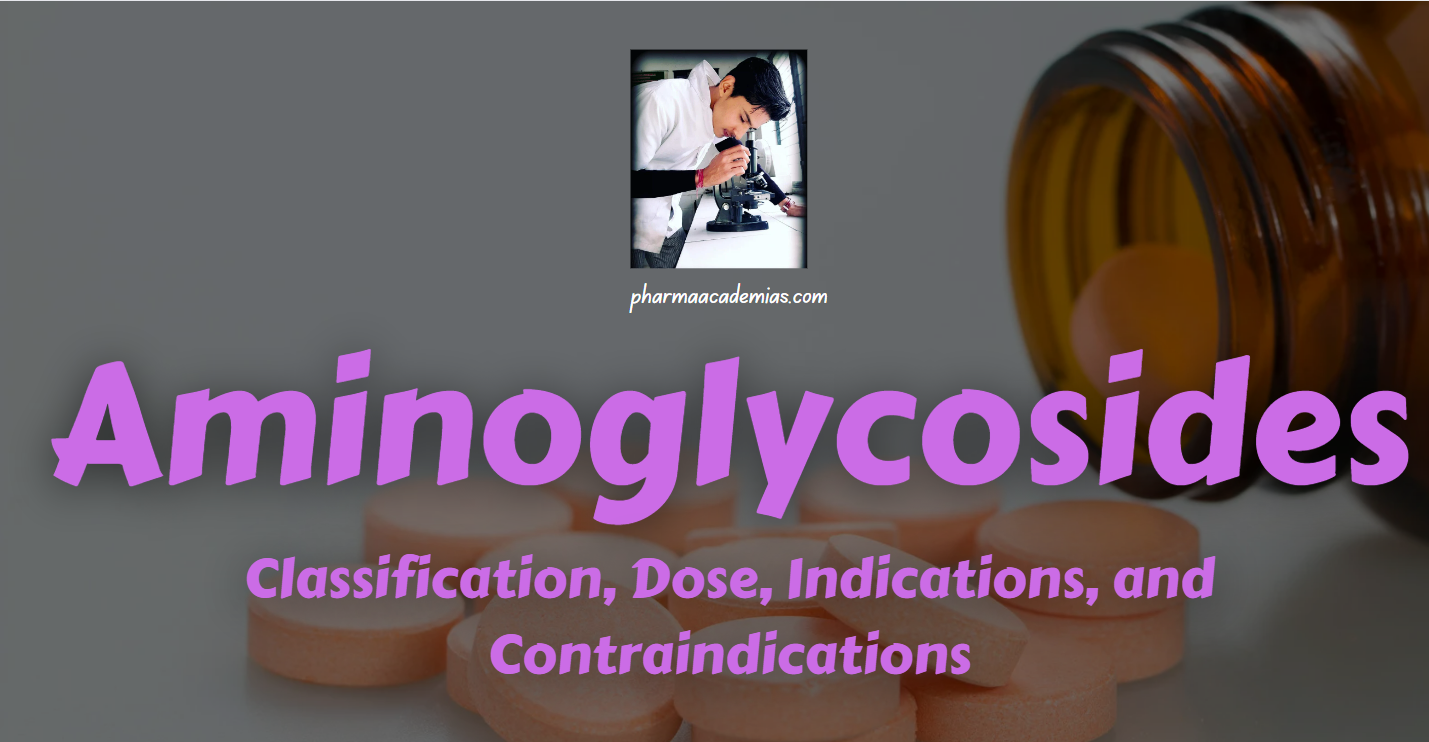Macrolides: Classification, Dose, Indications, and Contraindications
Macrolides are a class of antibiotics characterized by a distinctive macrocyclic lactone ring structure. These antibiotics are effective against a wide range of bacteria, particularly Gram-positive bacteria. The mechanism of action of macrolides involves inhibiting bacterial protein synthesis by binding to the bacterial 50S ribosomal subunit. This interference disrupts the process of peptide chain elongation, … Read more










